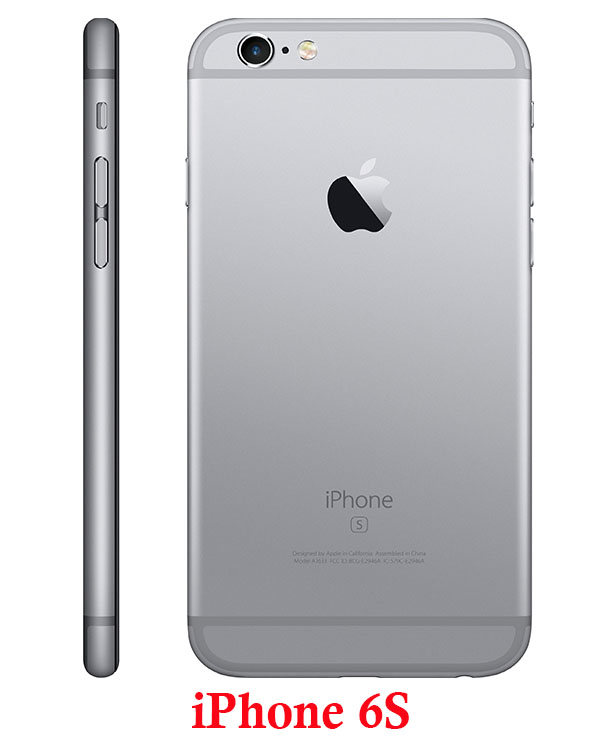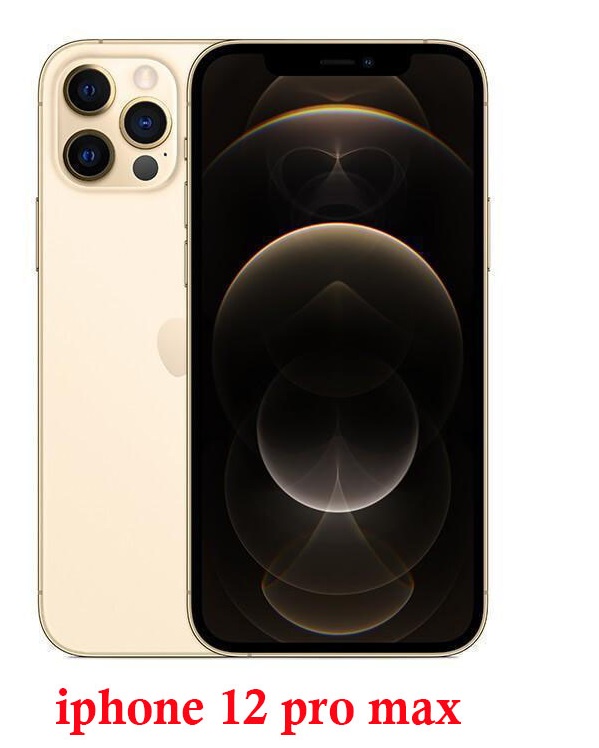In the fast-paced world of mobile technology, smartphones continue to play an integral role in our daily lives. The sleek, compact design of these devices wouldn't be possible without various advanced materials working together seamlessly. Among the critical components that provide structural support and hold everything together is the middle frame substrate. This unassuming yet vital part of a smartphone's design deserves more attention as it contributes significantly to the device's durability, weight, and overall functionality.
What is the Middle Frame Substrate?The middle frame substrate is a structural component that acts as a support frame, housing various internal components of a smartphone. It serves as a bridge, connecting the front display, rear panel, and other internal hardware. Traditionally made of metal, the middle frame substrate is evolving with the advancement of material science and engineering.
Materials Used in Middle Frame SubstratesAluminum Alloys:Aluminum alloys have been widely used in smartphone middle frame substrates due to their favorable properties such as low density, excellent machinability, and corrosion resistance. Aluminum's lightweight nature allows for a slim and portable design, a feature highly sought after by smartphone manufacturers and consumers alike. By using different aluminum alloy compositions and manufacturing techniques, the strength and rigidity of the substrate can be fine-tuned to meet specific design requirements.
Why Aluminum Alloys used in smartphone middle frame substrates?Aluminum alloys are commonly used in smartphone middle frame substrates for several reasons, each contributing to the overall design and functionality of the device. Here are some key factors that make aluminum alloys a popular choice:

Lightweight: Aluminum is a lightweight material with a low density, making it ideal for mobile devices. By using aluminum alloys, smartphone manufacturers can keep the weight of the device down, enhancing portability and user comfort. As consumers increasingly value slim and lightweight smartphones, aluminum alloys provide an excellent solution to achieve this.
Strength and Rigidity: Despite being lightweight, aluminum alloys offer good strength and rigidity. This property ensures that the middle frame substrate provides adequate support and structural integrity for the smartphone. It helps protect internal components and withstand external forces, such as accidental drops or impacts, thereby enhancing the device's durability.
Corrosion Resistance: Aluminum naturally forms a thin oxide layer on its surface, providing inherent corrosion resistance. This characteristic is essential for protecting the smartphone's internal components from moisture, humidity, and other environmental factors. Corrosion resistance is particularly crucial since smartphones are frequently exposed to various conditions during their lifespan.
Ease of Machinability: Aluminum alloys are relatively easy to machine, allowing smartphone manufacturers to create intricate and precise designs for the middle frame substrate. This ease of manufacturing facilitates efficient mass production and contributes to cost-effectiveness.
Thermal Conductivity: Aluminum possesses excellent thermal conductivity properties. Smartphones generate heat during use, especially during resource-intensive tasks like gaming or video streaming. The middle frame substrate made of aluminum helps dissipate heat away from the internal components, preventing overheating and ensuring optimal performance.
Electromagnetic Shielding: Aluminum alloys offer good electromagnetic shielding properties, which help reduce interference from external radiofrequency signals. This shielding is essential for the proper functioning of the smartphone's internal antennas and electronic components.
Recyclability: Aluminum is highly recyclable, aligning with the growing focus on sustainability and environmental consciousness. Using aluminum alloys in smartphones supports the industry's efforts to reduce electronic waste and lower the carbon footprint of device manufacturing.
In summary, aluminum alloys strike a balance between strength, weight, and other desirable properties, making them an excellent choice for smartphone middle frame substrates. They contribute to the device's durability, thermal management, and overall user experience, making aluminum alloys a staple material in modern smartphone design. As technology progresses, it will be fascinating to see how materials evolve, possibly paving the way for even more advanced substrates in the future.
Stainless Steel:Some premium smartphones have adopted stainless steel middle frame substrates. Stainless steel offers superior strength, enhanced durability, and an exquisite finish that exudes luxury. This material choice not only adds robustness to the device but also provides an elegant touch that resonates with high-end consumers.
 Why the stainless steel more often used in the smartphone?
Why the stainless steel more often used in the smartphone?Stainless steel is used in smartphone middle frame substrates for several compelling reasons. While aluminum alloys are prevalent in many smartphones, certain high-end and premium devices opt for stainless steel due to the following advantages:
Superior Strength and Durability: Stainless steel is renowned for its exceptional strength and durability. Compared to aluminum alloys, stainless steel offers a higher level of resistance to bending, denting, and deformation. This robustness provides added protection to the internal components of the smartphone, making it less susceptible to damage from accidental drops or impacts.
Premium Aesthetics: Stainless steel's elegant appearance adds a touch of luxury and sophistication to the smartphone design. The material's smooth and polished surface exudes a premium feel, appealing to consumers seeking a device with a high-end look and feel.
Scratch and Corrosion Resistance: Stainless steel exhibits excellent scratch resistance, ensuring that the middle frame substrate remains relatively free from marks and blemishes caused by everyday wear and tear. Moreover, stainless steel's inherent corrosion resistance safeguards the smartphone's internal components from environmental factors, prolonging the device's lifespan.
Impressive Finish: Stainless steel can be finished in various ways, including brushed, polished, or matte, offering designers the flexibility to create unique visual effects. The material's ability to retain a pristine appearance over time makes it a desirable choice for premium smartphones that emphasize long-lasting aesthetics.
Improved Structural Rigidity: Due to its higher density and stiffness compared to aluminum, stainless steel imparts a more rigid structure to the smartphone. This increased structural rigidity contributes to a solid and well-built device, which is especially valued by users who prioritize a sense of reliability and sturdiness in their smartphones.
Enhanced Signal Reception: Stainless steel exhibits better electromagnetic shielding properties than aluminum alloys. While this is not a significant concern for most smartphones due to other antenna design considerations, in some high-end devices, manufacturers may prefer stainless steel to further optimize signal reception.
Resistance to Fading: Unlike certain anodized aluminum finishes that may fade or wear off over time, stainless steel maintains its appearance for an extended period. This attribute ensures that the smartphone retains its original aesthetic appeal throughout its usage life.
It's worth noting that while stainless steel offers numerous advantages, it also has some drawbacks. The primary downside is its higher weight compared to aluminum alloys, which might not be desirable for users seeking the lightest possible smartphones. Additionally, the manufacturing process for stainless steel components can be more complex and costly.
In conclusion, stainless steel is chosen for smartphone middle frame substrates in high-end devices where its strength, premium aesthetics, and durability justify the additional manufacturing complexity and cost. It caters to consumers who value a luxurious and sturdy smartphone experience without compromising on appearance or structural integrity.
Data Parameters comparison
